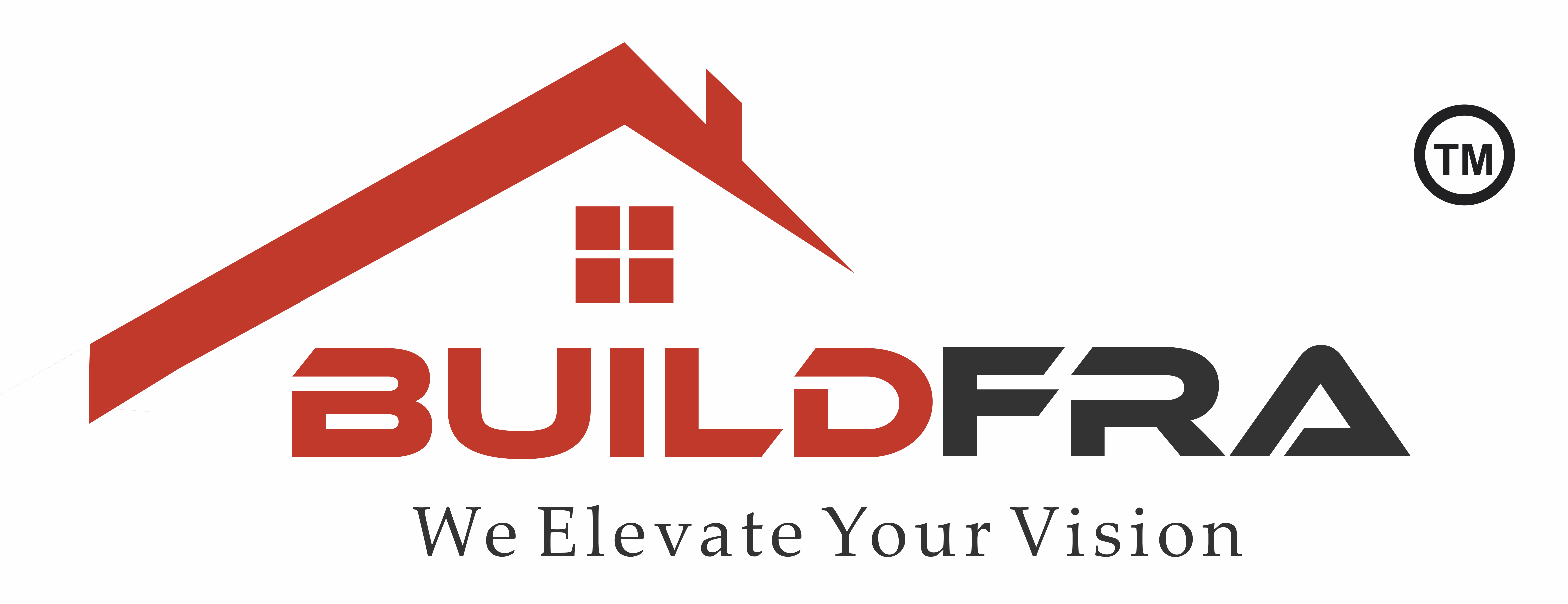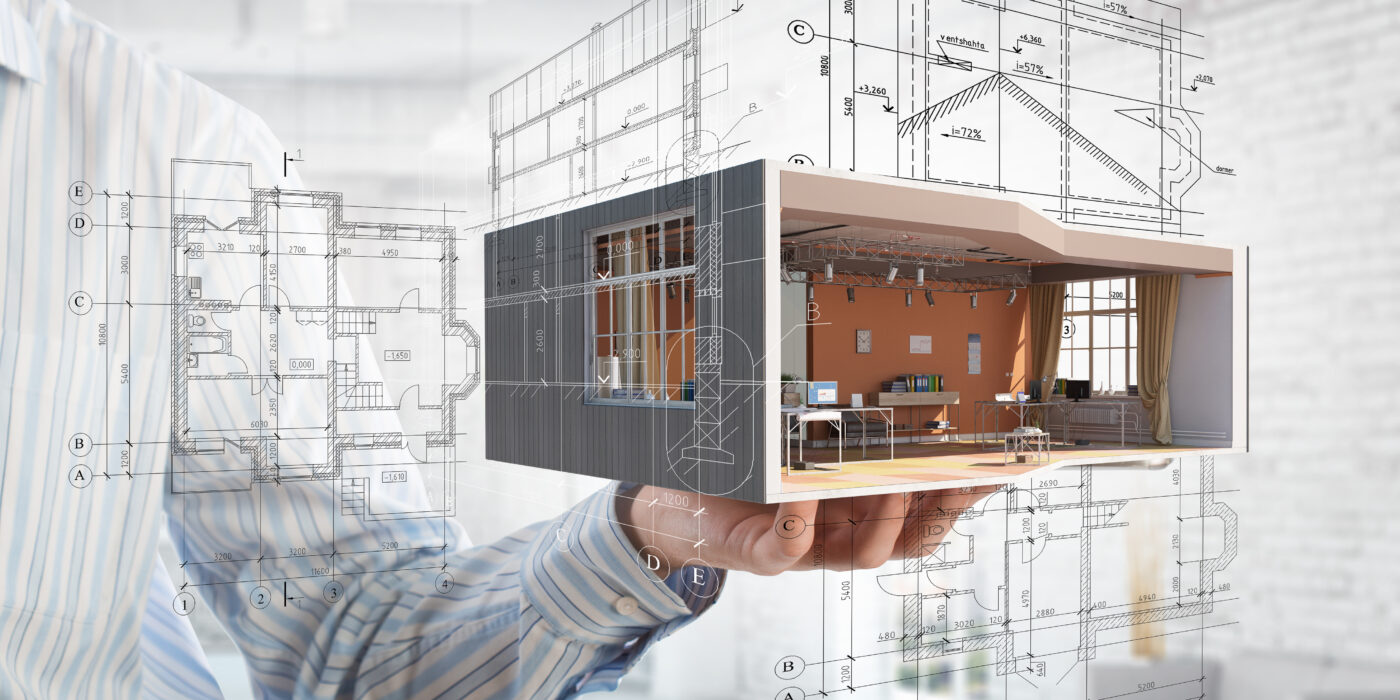The construction industry is evolving rapidly, embracing modern techniques that not only improve efficiency but also prioritize sustainability, affordability, and technological innovation. With growing global concerns about environmental impact, resource conservation, and urbanization challenges, modern construction methods are reshaping how buildings are designed, constructed, and operated. From sustainable building practices to modular homes and smart technologies, these advancements are helping to create more resilient, eco-friendly, and cost-effective structures.
This blog will delve into some of the most innovative and transformative construction techniques that are shaping the future of the industry.
- Sustainable Building Practices
Sustainable construction has become a vital component of modern building projects. As the world grapples with climate change, resource depletion, and environmental degradation, sustainable practices aim to reduce the carbon footprint of buildings and promote more eco-conscious development.
- Green Building Materials
One of the central pillars of sustainable construction is the use of green building materials. These materials are designed to reduce the environmental impact of construction activities by being renewable, recyclable, or sustainably sourced. Common green materials include:
- Recycled Steel: Instead of using new steel, which has a significant carbon footprint, many builders opt for recycled steel, reducing the need for mining and refining raw materials.
- Bamboo: A rapidly renewable resource, bamboo is a popular choice for flooring, scaffolding, and even structural elements due to its strength and eco-friendliness.
- Reclaimed Wood: Reclaimed or salvaged wood reduces deforestation and landfill waste, while adding a rustic, aesthetic appeal to construction projects.
- Low-Emissivity (Low-E) Glass: This type of glass is designed to minimize the amount of ultraviolet and infrared light that passes through, while allowing natural light, improving energy efficiency.
- Energy Efficiency
Energy-efficient construction is another hallmark of sustainable building practices. Modern buildings are designed to minimize energy consumption through techniques like:
- Passive Solar Design: This technique maximizes the use of natural sunlight for heating and lighting, reducing reliance on artificial energy sources. Building orientation, window placement, and thermal mass materials are key considerations in passive solar design.
- Insulation and Sealing: High-quality insulation and proper sealing of walls, roofs, and windows prevent heat loss in colder climates and reduce cooling needs in warmer regions, significantly cutting energy costs.
- Green Roofs: Green roofs, which are covered with vegetation, help reduce the heat island effect in urban areas, enhance insulation, and manage stormwater runoff.
- Water Conservation
Modern construction techniques also focus on water conservation. This can include:
- Rainwater Harvesting Systems: These systems capture and store rainwater for reuse in irrigation, toilet flushing, or other non-potable purposes.
- Low-Flow Fixtures: Installing low-flow faucets, toilets, and showers can significantly reduce water usage in buildings.
- Greywater Recycling Systems: These systems treat and recycle water from sinks, showers, and washing machines for reuse in landscaping or flushing toilets.
- Sustainable Construction Certifications
To promote sustainable building practices, several certification programs evaluate and certify buildings based on their environmental performance. Some of the most recognized certification systems include:
- LEED (Leadership in Energy and Environmental Design): This globally recognized certification evaluates buildings on criteria such as energy use, water efficiency, and indoor environmental quality.
- BREEAM (Building Research Establishment Environmental Assessment Method): Originating in the UK, BREEAM assesses buildings for their environmental, social, and economic sustainability.
- Green Star: A certification used primarily in Australia, Green Star evaluates the sustainability of buildings across a range of categories including energy, materials, and emissions.
- Modular Homes and Prefabricated Construction
Modular homes and prefabricated construction are revolutionizing the way we think about building processes. These techniques involve assembling large sections of buildings off-site and then transporting them to the construction site for installation. This method offers several advantages over traditional construction practices.
- Speed and Efficiency
Modular construction significantly reduces build times compared to conventional construction methods. Since modules are built in a controlled factory environment, work can continue regardless of weather conditions, cutting down on delays. This off-site approach also allows for simultaneous preparation of the construction site while modules are being built, further speeding up the project timeline.
- Cost-Effectiveness
Building in a factory environment is more cost-effective due to streamlined processes and the ability to purchase materials in bulk. Additionally, since the building process is faster, labor costs are reduced, and there is less opportunity for budget overruns due to delays or inefficiencies.
- Quality Control
Modular homes benefit from superior quality control as they are built in a controlled environment where every component can be closely monitored. Factory settings often allow for better precision and consistency in construction, leading to higher quality outcomes.
- Reduced Waste
The controlled environment of a factory allows for better management of materials, resulting in less waste compared to on-site construction. Materials are often used more efficiently, and leftover materials can be recycled more easily, making modular construction a more sustainable option.
- Flexibility and Customization
Modular homes can be highly customizable. Builders can create various designs based on the client’s preferences and needs, from simple single-story homes to complex multi-story buildings. Additionally, these homes can be expanded easily by adding more modules at a later stage, providing flexibility for future growth.
- Application Beyond Homes
Modular construction isn’t limited to residential homes. It’s increasingly being used for commercial buildings, schools, hospitals, and even skyscrapers. The scalability of this construction method makes it an attractive option for a wide range of projects, especially in urban areas where time and space are often limited.
- Smart Technologies in Construction
The rise of smart technologies is another game-changer in the construction industry. Smart buildings leverage connected devices, sensors, and automation systems to improve the functionality, safety, and energy efficiency of structures. These technologies not only enhance the user experience but also contribute to the sustainability and operational efficiency of buildings.
- Building Information Modeling (BIM)
Building Information Modeling (BIM) is a digital representation of a building’s physical and functional characteristics. It enables architects, engineers, and construction professionals to collaborate more effectively by providing a shared platform for all stakeholders.
With BIM, every aspect of a building—from its design and construction to its eventual demolition—can be planned, simulated, and analyzed digitally. This reduces errors, increases efficiency, and ensures that the building is designed to the highest standards of safety and sustainability.
- Smart Home Automation
Smart home automation is becoming increasingly popular in residential construction. These systems allow homeowners to control various aspects of their home—such as lighting, heating, cooling, and security—remotely via smartphones or voice-activated devices.
- Energy Efficiency: Smart thermostats, lighting systems, and appliances help reduce energy consumption by adjusting settings based on usage patterns or occupancy. This leads to lower utility bills and a reduced environmental footprint.
- Security: Smart security systems, including surveillance cameras, doorbell cameras, and motion sensors, offer enhanced protection for homeowners. These systems can be monitored remotely, providing real-time alerts in the event of unauthorized access or emergencies.
- Convenience: Automated systems can be programmed to perform routine tasks, such as turning off lights or adjusting the thermostat when no one is home, making life more convenient for residents.
- IoT in Construction
The Internet of Things (IoT) is transforming the way construction projects are managed. IoT devices can collect real-time data on various aspects of a construction site, including equipment usage, worker safety, and material deliveries. This data helps project managers make more informed decisions, optimize resources, and ensure that projects stay on track.
- Smart Building Systems
In addition to residential smart technologies, commercial and industrial buildings are incorporating advanced smart systems for improved energy management, safety, and comfort.
- HVAC Automation: Heating, ventilation, and air conditioning (HVAC) systems in smart buildings can adjust based on occupancy and external conditions to optimize energy use and maintain a comfortable indoor environment.
- Lighting Systems: Smart lighting systems use sensors to adjust brightness based on natural light levels and occupancy, helping to reduce energy consumption.
- Fire and Safety Systems: Smart fire detection and suppression systems can quickly identify fire risks and take action before an emergency occurs. These systems are also connected to monitoring centers for immediate response.
- Drones and Robotics
Drones and robotics are finding increasing application in modern construction. Drones can be used for aerial surveys, inspections, and progress monitoring, providing high-quality data that allows for better project management. Robotics, on the other hand, can perform tasks like bricklaying, painting, and welding, reducing the need for human labor and increasing efficiency on construction sites.
- Conclusion: The Future of Construction is Modern and Sustainable
Modern construction techniques, such as sustainable building practices, modular homes, and smart technologies, are reshaping the construction landscape. These advancements not only address the growing demand for faster, more efficient, and cost-effective construction but also prioritize environmental sustainability and improve the quality of life for building occupants.
As urbanization continues to accelerate, particularly in growing cities like Bangalore, adopting these innovative techniques will be crucial for meeting the challenges of modern construction. Builders who embrace sustainable practices, modular methods, and smart technologies are leading the industry towards a future where buildings are not only more durable and efficient but also environmentally responsible and technologically advanced.
Whether you’re a homeowner, a developer, or a city planner, understanding and incorporating these modern construction techniques will be key to building a more sustainable, resilient, and connected world.
�

